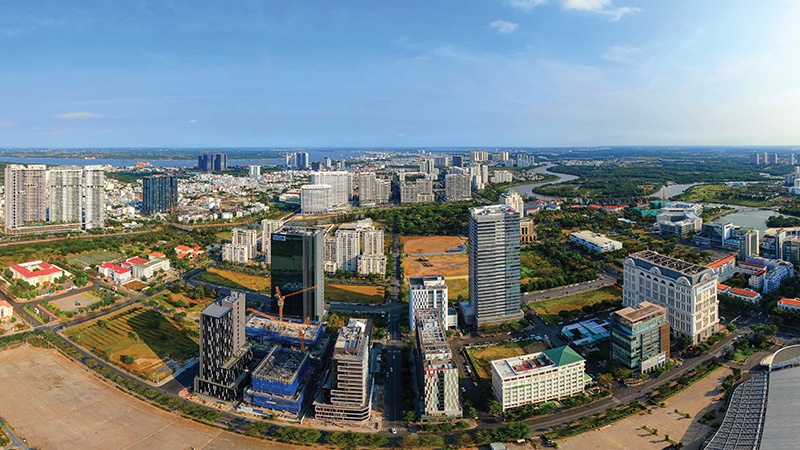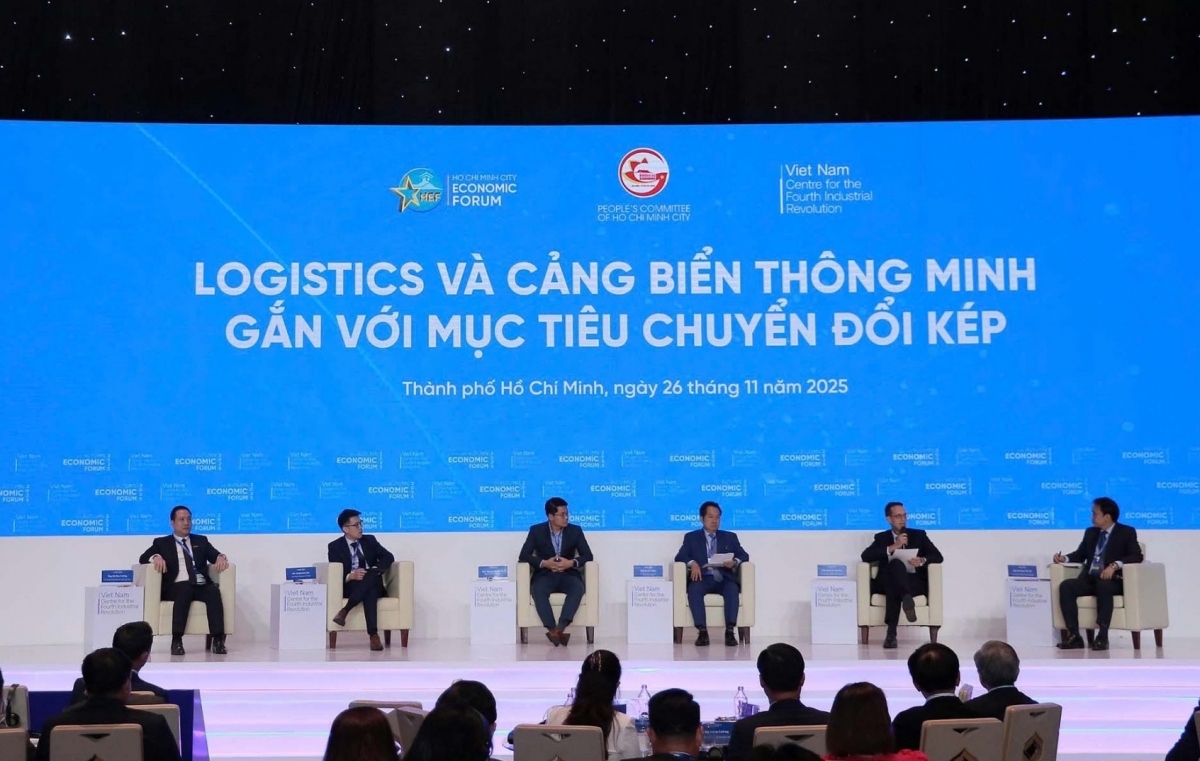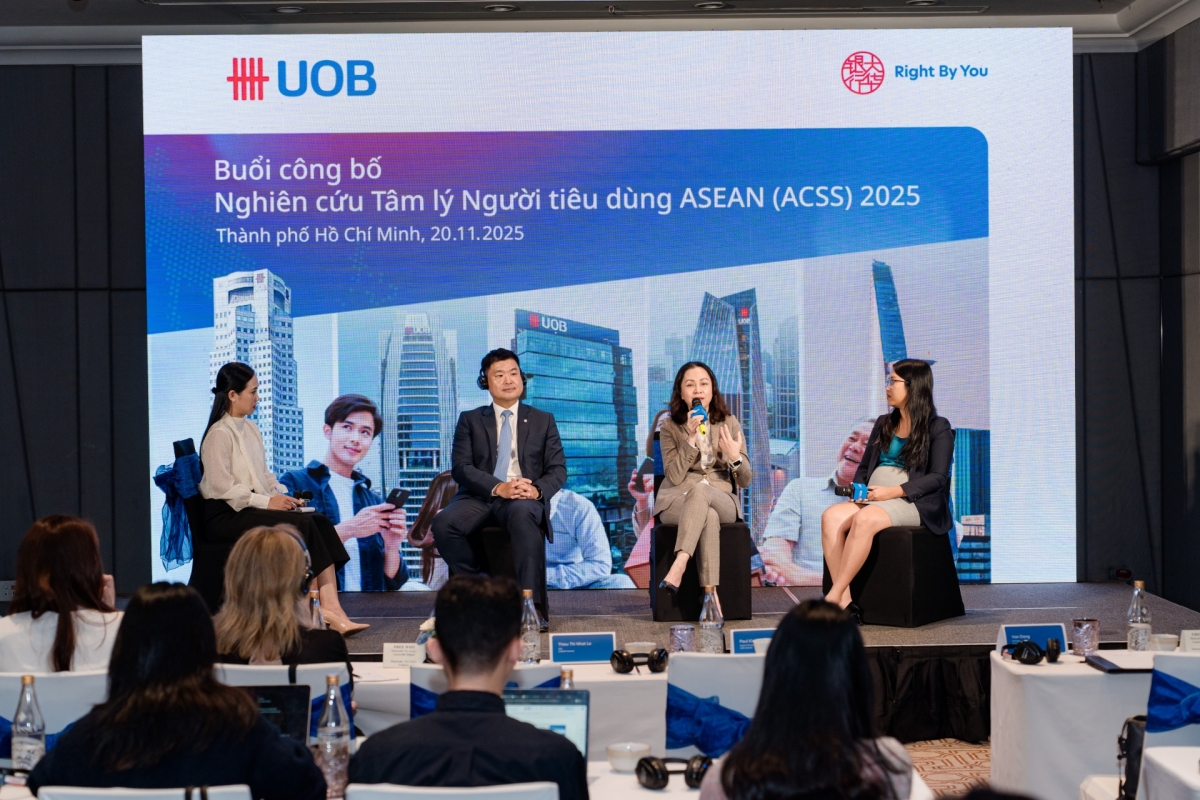INTERNATIONAL INVESTMENT
AND PORTAL
 Technology application will continue to increase rapidly from product search and marketing to sales and property management, Photo Le Toan
Technology application will continue to increase rapidly from product search and marketing to sales and property management, Photo Le Toan
According to Nguyen Huong, CEO of Dai Phuc Land, during the last two years, the real estate market has experienced the most severe conditions – but now, the only way may be up after a promising end to 2021.
“Last year has ended with better expectations for 2022 as, after only three months of reopening, economic activities have already bounced back at a good rate,” Huong said.
In the real estate sector alone, the recovery rate is about 70 per cent or more, depending on the segment and region. The market sentiment at the end of last year was thus quite positive, with vibrant transactions in a bustling market in which prices continued to increase because of the limited supply.
This year will likely continue to face challenges as the pandemic continues to linger. However, real estate enterprises are trying their best to move forward and utilise every solution to get through the tough times and get up to speed again with investment and business activities.
The government has also announced its determination to accelerate the implementation of the socioeconomic goals in 2022 with a GDP growth rate of 6-6.5 per cent to subside the slow growth of the last quarter.
Economic support packages will further contribute to increasing resources for faster recovery, thus creating a favourable environment and conditions for the real estate market to grow.
“The pandemic seriously disturbed the business and investment activities of enterprises. This is the time for businesses to re-evaluate their resources, increase their ability to adapt and respond flexibly in emergencies, and change more quickly and drastically to find appropriate development solutions,” Huong said.
Growth anticipatedExperts have given three forecast scenarios about the market movement trend in 2022. Nguyen Hoang, director for research and development at DKRA Vietnam, said that in the first, optimistic scenario real estate prices are expected to increase in early 2022.
The forecast is based on the steady growth of foreign investment capital into Vietnam, along with the country’s signing of free trade agreements.After a while, the investment capital flow is expected to pour into the real estate market instead of stocks and gold.
Within the second scenario, real estate prices would increase sharply, but only in some areas such as Ho Chi Minh City, Dong Nai, Long An, and Binh Duong. In general, prices on the national market will decrease slightly if the pandemic remains complicated.
In the worst scenario, experts warned that the real estate market in 2022 may fall to new lows, with nearly zero liquidity.
Leading market trendsIn any case, the market will likely continue to be led by large-scale and well-known developers, including in new urban area, resort, and industrial zone projects. However, this would be a long-term and sustainable development strategy.
Large land banks could also be reserved for long-term development plans at least for the next 10 years, and large cities could develop in an increasingly multi-polar format.
Product quality and living space, meanwhile, are increasingly focused and enhanced. Residents’ tastes have significantly shifted away from the existing central areas with high population density.
The pandemic has revealed the weaknesses and inadequacies of urban planning in recent times, causing buyers to change their behaviour.
Besides this, real estate investors are more carefully selected and prioritised according to the developers’ prestige to minimise risks and ensure the added value of assets. Large-scale projects can offer diverse options in many segments suitable for different types of customers.
Further, technology applications will continue to increase rapidly from product search to marketing, sales, property management, and real estate investment solutions.
The digital transformation in real estate is increasingly focused on helping businesses improve their initiative and be ready to respond to market changes. Legal regulations on real estate digitalisation are also expected to be created to ensure strong growth in the coming period.
Foreign investors continue to pour money into real estate because the potential of long-term real estate investment in this sector is high. Cooperation could occur more often as small investors with little resources could gradually withdraw and give up market share to big brands.
Outstanding developers in the Vietnamese real estate market in 2021Foreign developers
1. CapitaLand
acquired a prime site from Becamex IDC for its first large-scale residential project in Vietnam, with a projected total gross development value of approximately $797 million.
2. GS E&C
is developing the Zeitgeist urban development project over 349 hectares in Nha Be district, Ho Chi Minh City. Its so-called second Phu My Hung of Vietnam offers thousands of villas, detached houses, shophouses, and apartments with many public facilities such as international hospitals, schools, and a financial centre.
3. Viva Land
is a new investor from Singapore, developing large-scale projects such as the IFC One, Saigon, the Waterfront Saigon, the Saigon Peninsular, and Project JP.
4. Keppel Land
is developing Celesta City in Nha Be district of Ho Chi Minh City. In 2021, Keppel Land had successfully concluded Celesta Heights, the second phase of Celesta City.
5. ESR Cayman Ltd.
The largest Asia-Pacific-focused logistics real estate platform, and BW Industrial Development JSC, the leading logistics and industrial real estate developer and operator in Vietnam, entered a development joint venture for My Phuoc 4 Industrial Park near Ho Chi Minh City.
Domestic developers
1. Vingroup
Following the success of the two mega-urban areas of Vinhomes Ocean Park and Vinhomes Smart City, Vingroup continues with three more megacities with a total scale of nearly 1,000 hectares in Co Loa, Dan Phuong, and Hung Yen.
2. Masterise Homes
is a pioneer in branded residences in the Vietnamese market which launched Masterise Homes’ Grand Marina Saigon as a top project under the brand name of Marriott.
3. Novaland
is the leading real estate giant in Ho Chi Minh City and the southern region. Last year marked Novaland’s restructuring into an economic group with projects such as Aqua City and NovaWorld Phan Thiet.
4. Saigon Development and Investment Corporation invested in the Saigon Binh An Urban Area, located in Ho Chi Minh City’s Thu Duc city. It has a scale of more than 117 hectares and is the largest remaining project in the heart of Thu Duc city.
5. Van Thinh Phat’s
related company has resumed the $500-million One Central Ho Chi Minh City project, which had previously been delayed for many years. With a scale of 8,600 square metres, this golden land plot in Ho Chi Minh City is located opposite the Ben Thanh market.



















